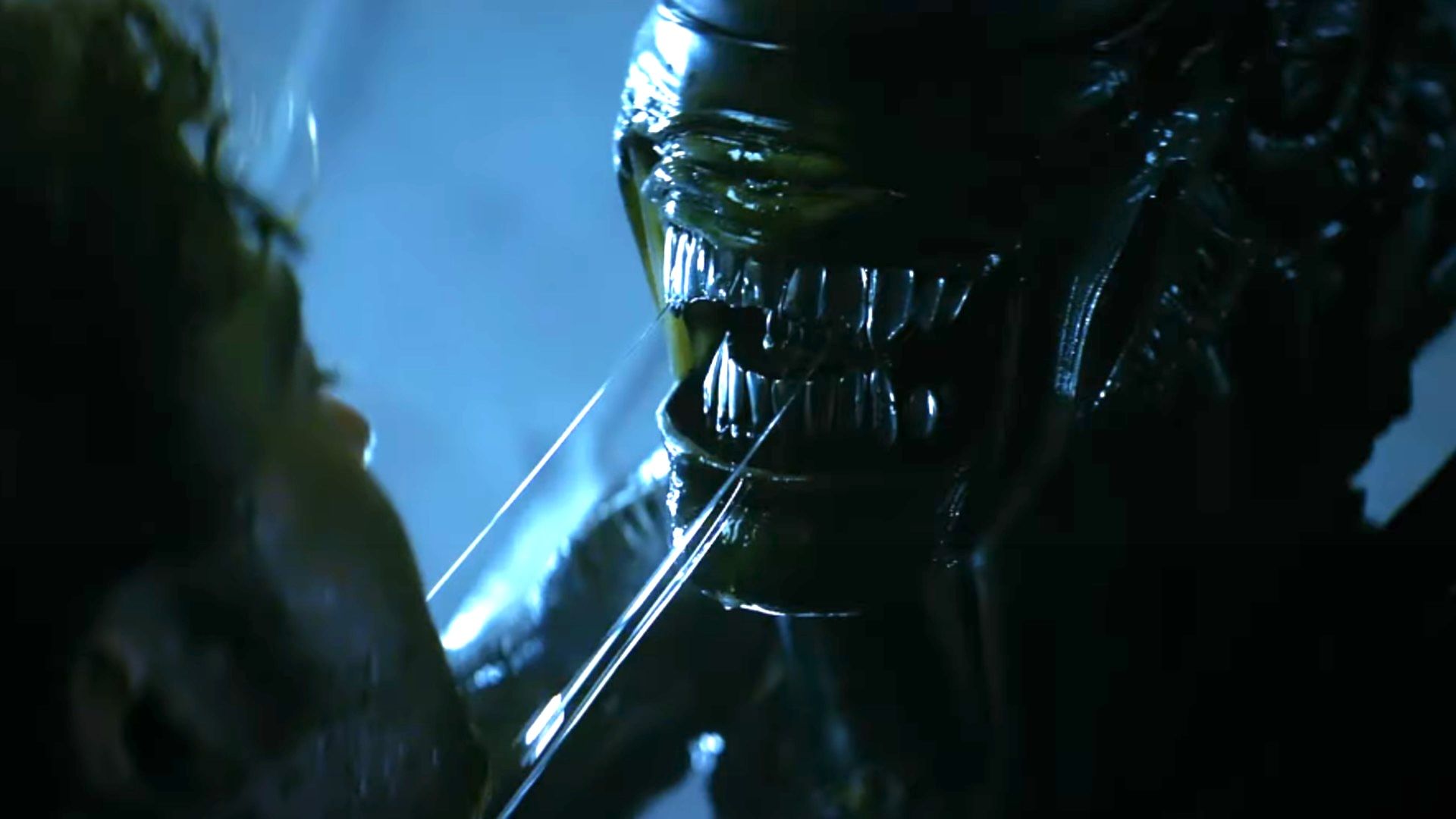In the opening page of the 2025 Tampere Theatre Festival brochure, the artistic team (Hilkka-Liisa Iivanainen, Taija Helminen, Tanjalotta Räikkä and executive director Hanna Rosendahl) reflect that a theatre piece can be “like the world in miniature”. This year’s festival certainly seemed to find a way of presenting small scale works that captured the voice of the outsider. Those on the margins are here given centre stage; this is theatre as a means of narrating moments that feel uncomfortable or unstable, a way of contemplating that which is unsaid or unarticulated. The art and aesthetics of listening seemed a key focus of many of the 22 productions in the main programme, from Teatteri Takomo’s Kohina (Noise) by actor Samuli Niittymäki and sound designer Tatu Nenonen (presented at TTT Kellariiteatteri) to Suzie Miller’s Prima Facie (translated by Aleksi Milonoff, directed by Susanna Kuparinen, at TT Frenckell), Mohamed El Khatib’s memorable La vie secrète des vieux (The Secret Life of Old People) at TTT Eino Salmelainen) and Emma Martin’s animated Birdboy (at Theatterimonttu).
Choreographer Emma Martin has been presenting work with her company United Fall since 2010. She created Birdboy in 2019 for her eight-year-old daughter. It’s an inventive and agile piece about outsiders and features a virtuosic performance from dancer Kévin Coquelard who presents a physical manifestation of the confusion of a young boy whose voice is recorded and played as a voiceover to the action. Coquelard dances the emotions that words cannot convey. Made for both young and adult audiences, its protagonists are a battered and dirty white Volkswagen car and a young boy who seeks refuge by imagining himself a bird. This is how the audience first see Coquelard’s boy, flapping his red and blue wings as he attempts to take off.

Kévin Coquelard in Birdboy Photo © Luca Truffarelli
To read the piece literally would be a problem however, for this is not a linear story. Coquelard climbs over and into the car, he slips and slithers through the windows like a snake. At times he crawls like an insect across the floor of the stage. The car is a treasure trove of wonders; a wealth of props spill from its windows, doors, bonnet and boot, from underwear to shoes, a car radio and headphones. Coquelard dances, contorts and sprawls across, in and around the car. The car is both a refuge and a protection, a space where his family can’t find him. The car radio plays a series of songs and broadcasts, from David Attenborough discussing strange forms of insect life to Lady Gaga noting that with a hundred people in a room, you only need one person to believe in you to make a difference. Coquelard lip-syncs to songs and broadcasts — snippets of songs tripping over each other in quick succession, creating an eerie sense of disjunction and dislocation. Dunk Murphy’s in-yer-face sound design is as frenetic as the choreography.
The radio crackles, Coquelard dresses and undresses: new clothes are put on and then removed and then the sequence begins again — a cycle of repetition is at play through much of the piece. There is an aesthetic of the discarded here, the stage increasingly littered with things that have had other lives. Orla Clogher’s set is dominated by the car — large and immobile for all the battering it gets from Coquelard. The choreography sees Coquelard pulled in different directions. He falls and rises; he moves forwards and backwards. At times it is as if he is a robot whose moves are directed by remote control, someone rewinding and fast-forwarding him. He appears caught off guard, swept from side to side with little control over what he does. At one moment it is as if his mouth is filling with water and he is drowning – plastic white balloon-like jellyfish float above and around him.
The boy’s voice shares likes and dislikes while Coquelard gives physical form to his words: football socks given to him for Christmas that he loathes sees the dancer throw an array of brightly coloured socks out of the car window onto the floor of the stage. “I’d like to not care what other people say” resonates as Coquelard inadvertently ties himself up in the wires of the car’s radio control. Body and sound are not quite in harmony, suggesting a world out of joint.
Martin creates a busy production, filled with sound, fury and humour. The recorded voice reveals a love of the Guinness Book of Records; the production too has something of the sense of accumulated information hurled out in creating a cluster of experiences that resist linearity. Moments of effective shadow play provide an indication of the boy’s inner life. Nothing can be read easily: the boy loves birds but he doesn’t like seagulls because he believes they are plotting to take over the world. At the piece’s end, after 40 minutes of frenzied action, the impish Coquelard jumps up to catch the flying/floating jellyfish, an image of reaching up and out for something that might not always lie within his grasp.
There’s frenzied energy aplenty in Argentine writer Daniel J Meyer’s A.K.A/ (Also Known As). The piece premiered at Barcelona’s Sala Flyhard in 2018 with Albert Salazar in the role of Carlos, developed using both Catalan and Spanish to capture the different narrative tones and voices of its teenage protagonist. Here Thomas Parkkinen’s production, with a translation into Finnish by Lumi Eronen, seen at Teatteri Telakka, opts not to follow the author’s instructions to adapt to a local context and appears to evolve an unspecific location although the implications are that it is set in a Spanish-speaking town.
Fifteen-year-old Carlos, still at school, has been made to attend a series of meetings he resents. As the piece evolves, it becomes clear why he has to attend and why he feels aggrieved at this. Finnish-Colombian actor Carlos Orjuela addresses the audience directly throughout the piece with comments of direct narration of events juxtaposed with action that deals with the consequences of these events. Mimmi Resman’s set design has two curtains at the back of the stage and a lightbox which functions as Carlos’s seat, bed and a storage space; a neon-lit frame above serves as a reminder of the constraints that hem Carlos in.


Carlos Orjuela in A.K.A. (Also Known As). Photo © Marko Mäkinen
Past and present come together as the two narrative registers converge. Carlos likes to hang out with his best friend Martín (whose elder brother has them involved in storing his stash of drugs much to Carlos’s annoyance). Carlos’ interests involve girls – he is exploring his sexuality and embarking on online dating. And when he meets Claudia, clearly from a comfortable middle-class family and the other side of town, he wants her to believe he is a mature sixteen. So many decisions made impulsively and without intention to deceive come to have devastating consequences on Carlos in the second half of the piece.


Carlos Orjuela in A.K.A. (Also Known As). Photo © Marko Mäkinen
Carlos has a uniform of sorts: a rust-coloured hoodie that protects him against a society that discriminates against him. He gives voice to a teacher who can’t remember his name and calls him by any number of hyphenated names that are not his — one of the many manifestations of racism that emerge through the play. His parents adopted him as a three-year-old toddler from Syria but there is a clearly an issue with his papers that becomes clear when he is accused of a crime he didn’t commit. He was at the wrong place at the wrong time, and this is a society where Islamophobia manifests itself in a denunciation of Carlos as a dangerous other who must be contained and imprisoned, much to the dismay of his loving and confused parents.
Meyer’s play envelops the audience into the world of this teenager: the WhatsApp messages and clandestine encounters with a new girlfriend that he doesn’t want his parents to know about; the complicity with his friends; the raging hormones and refuge into his bedroom to text and watch screen on his computer alone. Saku Kaukiainen’s sound design keeps the pinging sound of the WhatsApp messages loud and prominent. There’s loud rap and Spanish-language pop that Carlos sways and dances to energetically. The sound of a players on a football pitch and other ambient noise helps to create the sense of a busy, intrusive world.
Carlos addresses the audience directly, as if confiding in us. At times, he sits in the aisle and touches an audience member gently on the shoulder. He hands his hoodie to an audience member in the front row as he prepares for court, donning a formal jacket that’s that little bit too small for him. Carlos’s actions, all logical within the narrative, are clearly a manifestation of his teenage brain. His behaviour is, however, weaponised by Claudia’s family and the authorities, who present him as a predatory Muslim outsider who needs to be expelled.
Carlos identifies with the country he now lives in, but the small town in which he lives doesn’t accord him the same sense of belonging. As the piece ends, there’s a question around whether this buoyant, bubbly teenager, now a young adult, will ever be the same again. His body language has shifted, the excitable teenager that opened the play looks world-weary, his language more resigned, his voice tired. It feels a very different image from the spirited Carlos who rang the doorbell at Claudia’s to be greeted by a romantic image of lit candles flickering from behind the curtains.
Parkkinen’s staging provides a concrete sense of the young Carlos’s world. One of the strengths of Meyer’s writing is the ability to present Carlos’s friends and family as tangible characters. A doting mother, a strong sense of complicity with his friend Martin, a father who cannot quite comprehend what has happened. Carlos Orjuela’s high energy performance animates the text. He grabs the curtain to cover himself as Claudia’s cousin Silvia catches them in bed together and ducks and dives to avoid the blinding flashes of the cameras photographing him as he enters the court.
The bilingual qualities of the first Barcelona production are captured through a deployment of phrases in Spanish and English; the police officer addresses Carlos in English; Carlos breaks into Spanish at moments of exhilaration. Parkinnen provides some lovely details in the staging: a policeman who is always fiddling with a toothpick; the curtains at the back of the stage falling to the floor at a particularly dramatic moment. There are moments in A.K.A. when perhaps the text may stretch credibility — would the text messages from Claudia not provide some validation of Carlos’s version of events? Whatever these minor quibbles, this is a text that resonates across different socio-cultural contexts. Translated into 9 languages with stagings in Greece, Argentina and Spain as well as Finland, it shows the pervasive nature of racism and its very human implications.
Tampereen Teatterikesä (Tampere Theatre Festival) ran from 4-10 August 2025. The main programme of 22 productions saw 8,100 attendees with 262 events across both the fringe and main programme attracting 55,000 attendees.
This post was written by the author in their personal capacity.The opinions expressed in this article are the author’s own and do not reflect the view of The Theatre Times, their staff or collaborators.
This post was written by Maria Delgado.
The views expressed here belong to the author and do not necessarily reflect our views and opinions.
















